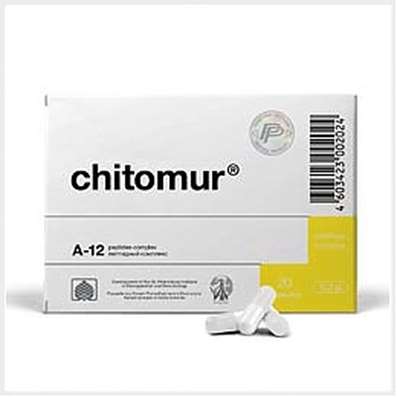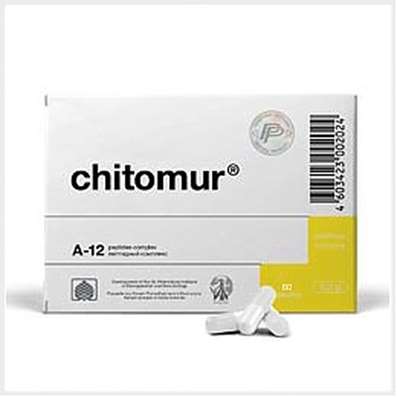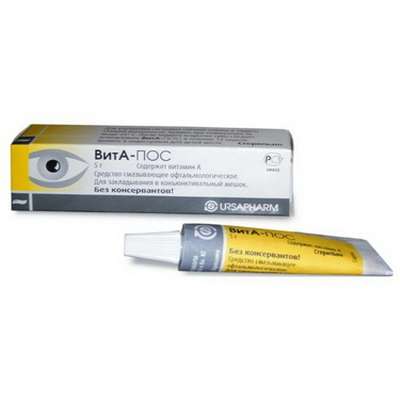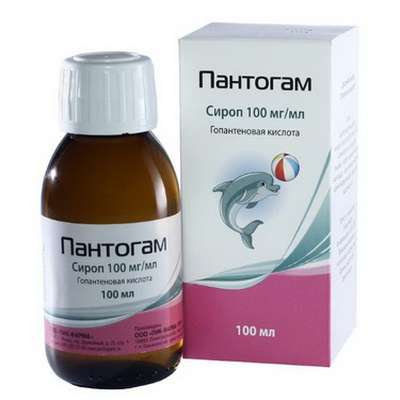Molecular system action of psychotropic drugs
05 Nov 2016
Neuroscientist Dr. Doping says about the dopamine system, psychostimulants and manic psychosis. How to study the properties of dopamine produced a revolution in modern psychopharmacology? What is the effect on the dopamine system have psychostimulants? What signaling pathway causes manic psychosis?
The subjects, which for me is the main - is an attempt to understand the molecular mechanisms of action of various psychotropic drugs, ie, drugs that act on the brain. The most important discovery of modern psychopharmacology was the realization that dopamine is a neurotransmitter. Dopamine - a neurotransmitter in the brain. If you look at the scheme for the synthesis of dopamine - dopamine is formed of a well-known neurotransmitter norepinephrine. That is dopamine - a precursor of norepinephrine.
So scientists believed until 1958, while Arvid Carlsson, a great Swedish scientist, has not shown that dopamine is not just a precursor of norepinephrine, but he has a clear role in the brain. They, as well as other remarkable scientist Oleg Hornikevichem somewhere was in 1957-1958 shows that there is a brain structure that is very rich in dopamine - the so-called the striatum, which is responsible for the movement of traffic control. Oleg Hornikevich, in particular, for the first time showed that in patients with Parkinson's (as you know, parkinsonism is a movement loss, loss of control of movement, to prevent it buy Phenibut, Cerluten, Pinealon) occurs devastation of dopamine in this area, in what is called the striatum.
Arvid Carlsson won the Nobel Prize for his discovery of dopamine in 2000. Unfortunately, Oleg Hornikevich similar not got - it should have received, for he was still the second discovery. They Carlsson worked as friends and competitors, have worked so closely that Arvid Carlsson discovered this animal, and Oleg Hornikevich found in humans - the effect of levodopa. Levodopa - a precursor of dopamine. If you give levodopa or patient or experimental animal model, the movement is restored, there is dopamine. This is perhaps the most vivid manifestation of all friendly and effective impact on the neurotransmitter system that cures the disease. Since 1958 and until now levodopa remains the most effective treatment for Parkinson's. Since 1958, nothing better because no one came up. In levodopa has its side effects, but nevertheless it is a fact.
The dopamine system has been very rich for pharmacology. Here are two examples of additional. In particular, Arvid Carlsson and other researchers have shown that dopamine system involved in psychosis. If you give stimulants such as amphetamine or cocaine, you're blocking dopamine reuptake mechanism. Each neuron has a way of controlling the extracellular concentrations of dopamine, ie presynaptic dopamine neuron.
If you block this protein, called the dopamine transporter, which sucks the neurotransmitter back into the neuron - that is a neurotransmitter is released, activates the receptors, and then quickly taken back into the neuron - if you block the reuptake mechanism using substances such as cocaine, amphetamine (you can transfer indefinitely: methamphetamine, ecstasy, a huge variety of psychotropic amphetamines), then you are going synaptic accumulation of neurotransmitters is over-activation postsynaptic receptors. Such psychotic reaction - you can call it euphoria. In very high doses, often psychotic reaction.
Dopamine is flashed is not only because these stimulants induce psychotic reaction, but also because the drugs have been found - so-called antipsychotics. It began with chlorpromazine, now its a huge amount: olanzapine, risperidone, can transfer indefinitely - a large number of psychotropic drugs. But all that exist today in the clinic, blocking a specific subtype of dopamine receptors. So called D2-dopamine receptor subtype. Antiparkinson agent, psychostimulants work via the dopamine system, antipsychotics work through the dopamine system.
Dopamine system was jerk, by analogy with it drugs for the serotonin system have been developed.
There-blockers such as conveyors - in the most frequent depression drugs are selective serotonin reuptake inhibitors. As noradrenaline reuptake inhibitors used for depression. All these monoamine neurotransmitters are organized about the same.
Antidepressants are less affect the dopamine system, to a greater extent - on norepinephrine and serotonin systems. With this disease, bipolar disorder, the situation is somewhat more complicated. Experimentally it was found unexpected effects of the so-called anticonvulsants or mood stabilizers: lithium, valproate, carbamazepine.
Experimentally it was groped medicinal approaches when it is necessary to stop both manic symptoms and depression, trim, so that people do not take off in different directions. Recently, we and many other laboratories are trying to understand what is the mechanism of action of these compounds. Since monoamine drugs more or less clear. And with anticonvulsants and mood stabilizers (mood stabilizers) questions on the mechanisms of action of many.
In particular, we hit upon the mechanisms - we assume that this is not the receptor and postreceptor intraneuronal signaling pathways such as Akt / GSK3, which seem to be involved, but it is very specific stages. What's the problem with mood stabilizers, with mood stabilizers? The fact is that they do not affect monoamine receptors and transporters not affect - reuptake mechanisms.
Obviously, these substances affect the mechanisms involving monoamine transmission - psychosis and depression - it is in most cases associated with dopamine, serotonin systems. So what is the mechanism? Attempts to focus exactly on postreceptor mechanisms for intracellular signal transduction mechanisms. Here, for each receptor has a specific signaling pathway, and not one, but several. Each receptor causes signal spectrum processes. And now trying to figure out which of these signaling pathways responsible for a drug is the effect of these substances.
What was our approach? We had a mouse with enhanced dopamine transmission such hyper-dopamine-ergic mouse.. In these mice, we evaluated various changes in signaling pathways that are associated with enhanced dopamine transmission. And felt one way, the so-called Akt / GSK3, which was very much changed. Before us is the little attention paid. Why are we fascinated by this signaling pathway? It has been shown that, for example, lithium salts used in bipolar disorders can affect the path. But no one before us had not proved that this path is associated with dopamine receptors. And it so happened that we tied up and the effect of the monoamines antimanic agents. Several other groups have also shown it to people and animals, it seems, this is the convergence of these substances, their influence is on this path, which is associated with psychosis. That is, we try to find the signal path, which causes manic psychosis.
It looks like we're getting to it. We went on to two levels of the receptor, and can go into three, four, five. Signal path - this stage, it involves a whole series of processes - the signal transfer from one molecule to another, third, fourth, and finally, to the altered function. Where can we find there something new? The problem is that if you block a receptor - and it is now quite a lot of talk in pharmacology, - you are blocking a large enough variety of signaling pathways. And you can block and affect the ways that can cause side effects. And if you work already postreceptor mechanism, you can choose the path that is associated with the disease, but will not result in any side effects.
In particular, Robert Lefkowitz proposed a theory called functional selectivity.
It is based on the fact that the receptor can cause variety of signaling processes, and for a long time it was thought that the G protein-coupled receptors mediate its signal through G-proteins. From this came the name. But the past 12 years, Bob Lefkowitz quite active on G protein-independent mechanisms, ie mechanisms, not related to G-proteins, the so-called arrestin-mediated mechanisms. This is a completely alternative signaling not associated with G-proteins. Now there is a fairly serious attempt a large number of laboratories understand the physiological and pharmacological importance of this arrestinic signaling pathway. Based on this developing a drug which affects either the G-protein signaling component, or a component arrestinic This concept is called functional selectivity, which becomes a huge scope in recent years.

 Cart
Cart





